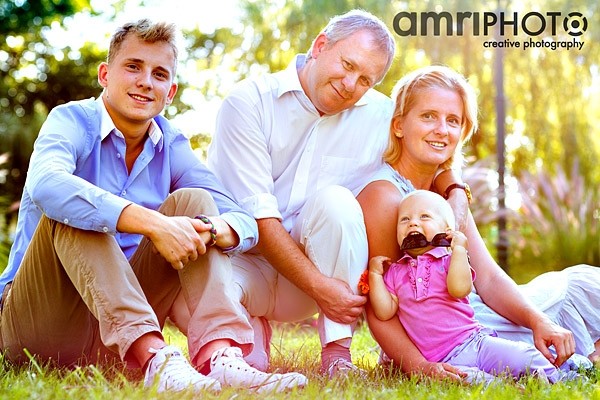Well from a technical perspective if the idea is your underexposing or overexposing on purpose the idea behind it would be to preserve details of a scene in the resultant photograph that you can then recover later using software.
If that's your goal then whether or not it is "better" to overexpose or underexpose would be based entirely on the scene and the details your trying to preserve.
A man wearing dark clothing in a dark hallway for example.. if the image is overexposed then when you get it into post you'll have a better chance of being able to recover some of the details in the shadows.
A woman wearing a white dress outdoors on a bright sunny day might be a completely different story. By underexposing such an image you prevent the highlights from being "blown out" and make it easier to recover certain details that you might not have gotten if the photograph had been overexposed or properly exposed.
So really it's determined a lot by lighting, and which parts of the scene your trying to preserve that detail.












